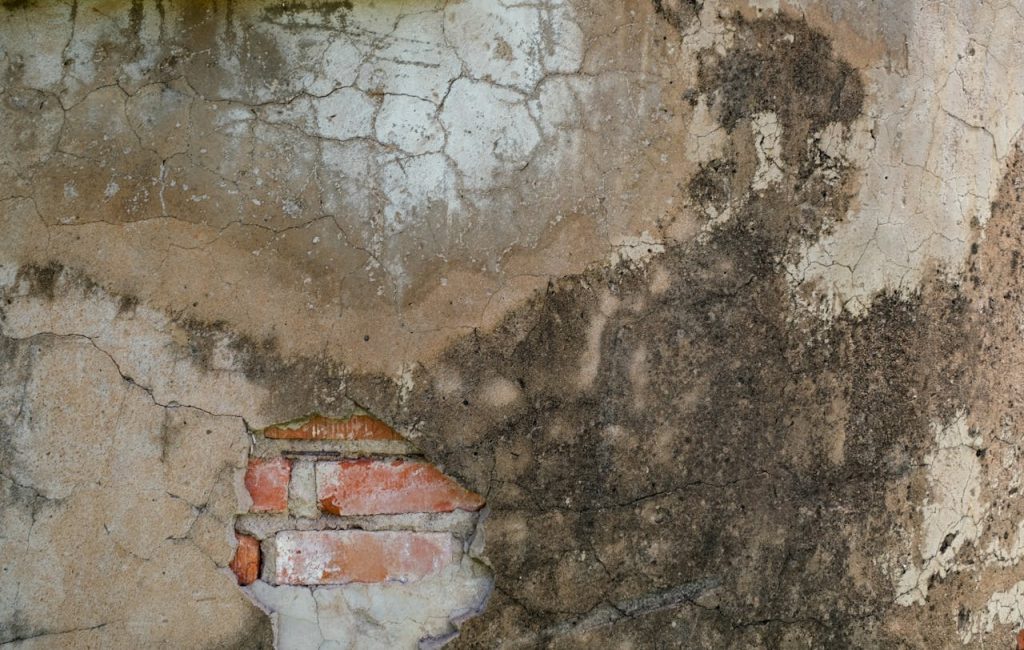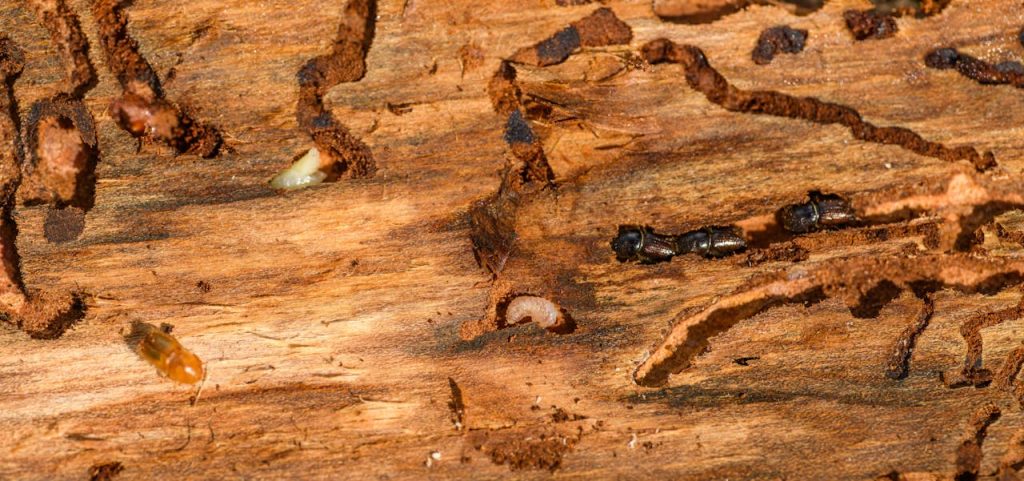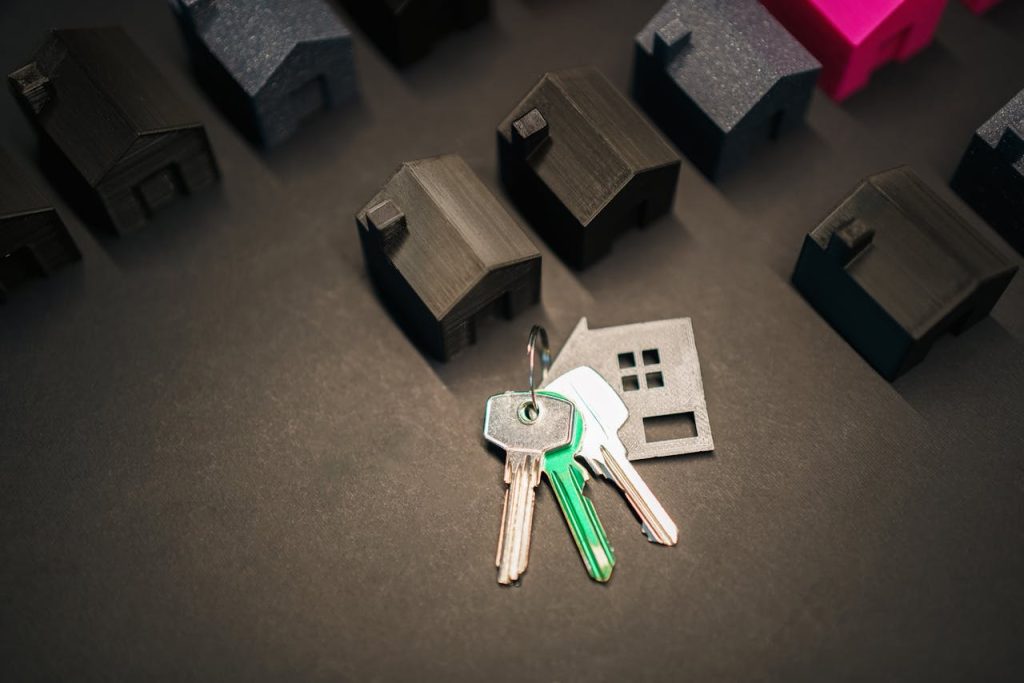Moldy House? No Problem—We’ll Buy It As-Is! No cleaning, no repairs—just a fast cash offer. Get an Offer Now!
Understanding Mold and Its Risks
Mold is a common issue in homes, particularly in environments that foster its growth. It is a fungus that thrives in warm, damp, and humid places. It feeds on any nearby organic material. Mold can be classified into three main types:
- • Allergenic Mold: Generally, it causes allergic reactions and respiratory issues.
- • Pathogenic Mold: Can cause infections, particularly in those with a compromised immune system.
- • Toxigenic Mold: Produces toxins that can pose serious health risks, often referred to as "toxic mold."
Toxic Mold Health Risks
Mold, especially toxic mold, can seriously affect health. It can cause issues such as:
- • Respiratory Health: Mold exposure can cause coughing and wheezing. In severe cases, it can trigger asthma.
- • Allergies: Mold can trigger allergic reactions, including sneezing, itching, and a runny nose.
- • Stigma: Buyers' views may be affected by the stigma of toxic mold. This could complicate the sales process.
Signs of Mold in a House
- • Visible Mold Spots
- • Musty Smells
- • Recent Water Damage
Home Inspections
Home inspectors can find hidden mold and check its extent.
Tired of Mold Problems? Sell Your Rental Property Fast! No more tenant headaches—just a simple cash sale. Find Out More!
Preparing to Sell a Home with Mold
When selling a property with mold, transparency is key. Sellers are legally required to disclose any known mold issues to potential buyers. This disclosure is crucial for several reasons:
Mold Disclosure Requirements
- • Legal Obligations: Most states require sellers to disclose mold problems when selling a home. Failure to disclose can lead to legal action post-sale.
- • Importance of Transparency: Being open about mold issues meets the law and builds trust with buyers. It minimizes the risk of disputes and fosters a smoother transaction.
Documenting Mold Issues and Remediation
- • Photos and Videos: Capture before-and-after photos or videos of the affected areas.
- • Receipts and Records: Keep all receipts and records of mold remediation and any repairs to fix moisture issues.
- • Inspection Reports: Include a copy of the mold inspection report in your disclosure materials.
When to Get a Home Inspection for Mold Issues
- • Scenarios Advisable for Pre-Sale Inspection: If there is past water damage, visible mold, or musty odors, a pre-sale mold inspection is advisable.
- • Differences Between Mold and General Home Inspections: A mold inspection targets mold and moisture issues. A general home inspection checks the structure, electrical systems, and plumbing.
Inherited a Moldy Property? Avoid the Hassle & Sell It for Cash! Turn that unwanted house into money—quick and easy. Learn How!
Tackling Mold Problems
To handle mold problems, you must know when to DIY and when to call a pro.
DIY Mold Removal Tips
Safe Methods for Small Mold Issues:
- • White Vinegar: Spray undiluted white vinegar on the mold, let it sit for an hour, and then wipe it clean.
- • Baking Soda: Mix a quarter tablespoon of baking soda with water in a spray bottle, spray the moldy area, then scrub and rinse.
- • Hydrogen Peroxide: Apply 3% hydrogen peroxide directly to the moldy surface, let it sit for 10 minutes, and scrub the mold away.
- • Tea Tree Oil Solution: Mix one teaspoon of tea tree oil with one cup of water and spray it onto the mold. Do not rinse.
Limitations of DIY Solutions:
- • The Extent of Mold: DIY solutions are generally effective for small, contained areas. If the mold covers more than 10 square feet, it is advisable to seek professional help.
- • Recurring Mold: If mold keeps returning after cleaning, there may be a moisture issue. It requires a professional assessment.
- • Type of Surface: Discard and replace porous materials like drywall and ceiling tiles. Mold can infiltrate deep into them.
- • Health Risks: If you have health issues that mold might worsen (e.g., asthma, allergies), it's safer to hire a pro.
- • Suspected Toxic Mold: If the mold is toxic, professional removal is essential for safety.
When to Call a Professional:
- • The area is over 10 square feet.
- • The HVAC system may be contaminated.
- • Sensitivity to mold - exposure may worsen any health issues.
Mold Remediation Services
- • Choosing a Reputable Company: Look for companies with the Institute of Inspection, Cleaning, and Restoration Certification (IICRC). This certification ensures that the company follows strict industry standards and ethical practices.
- • Steps Involved in Professional Mold Removal
- 1. Initial Consultation and Assessment
- 2. Documentation and Planning
- 3. Containment
- 4. Air Filtration
- 5. Removing Infested Materials
- 6. Cleaning and Disinfecting
- 7. Drying and Dehumidification
- 8. Repair and Restoration
- 9. Final Inspection and Testing
- 10. Preventative Recommendations
Professional Mold Removal Costs
Typical Price Ranges:
- • Minor mold removal: $500 to $1,500
- • Medium-scale remediation: $1,500 to $3,500
- • Large-scale mold removal: $3,500 to over $6,000, depending on the severity and area covered.
Factors Affecting Costs:
- • Size of Affected Area
- • Type of Mold
- • Location of Mold
- • The Extent of Damage
- • Preventative Measures
Pros and Cons of Offering Buyers a Remediation Credit:
Pros:
- • Flexibility for Buyers
- • Appealing to Buyers
- • Potential for Faster Sale
Cons:
- • Perceived Lower Value
- • Uncertainty in Cost
- • Buyer’s Remediation Choices:
• There is no guarantee that the buyer will use the credit for high-quality remediation.
Act Now & Close in as Little as 7 Days! We buy homes fast—no stress, no surprises! Sell My House Now!
Preventing Mold and Water Damage
Preventing mold and water damage is key to a home's structure and air quality. Here are the steps and considerations homeowners should keep in mind:
Immediate Steps After Leaks or Flooding:
- • Stop the Water Source
- • Remove Water
- • Salvage Valuable Items
- • Increase Airflow
Importance of Proper Drying and Ventilation:
- • Prevent Mold Growth
- • Maintain Structural Integrity
- • Health Considerations
Dehumidifiers for Mold Prevention
- • Moisture Control: They lower humidity to 30-50%, where mold cannot thrive.
- • Supplement to Ventilation: In poorly ventilated areas, like basements and bathrooms, dehumidifiers help keep them dry.
Choosing the Right Dehumidifier for Your Home:
- • Capacity: Select a dehumidifier based on the size of the area and the typical humidity level. Larger areas or areas with high humidity levels require dehumidifiers with higher capacities.
- • Features: Consider models with automatic shut-off, continuous drain options, and energy efficiency.
- • Placement: Place dehumidifiers in the most moisture-prone areas. These include basements, kitchens, and laundry rooms.
Selling a Home with Water Damage
Addressing and Documenting Water Damage History:
- • Thorough Documentation: Keep detailed records of all water damage and repairs. Include dates, the extent of the damage, and photos.
- • Professional Assessments: A professional's assessment can boost the docs' credibility with buyers.
Ensuring Repairs are Visible and Certified:
- • Visible Repairs: Make repairs noticeable to show buyers that you have addressed issues professionally.
- • Certification: Hire certified contractors for repairs to guarantee quality work. You can also document the repairs (which is helpful for potential buyers).
Want to Sell ASAP? Get a Cash Offer in Just 24 Hours! No delays, no headaches—just a fast sale. Get My Cash Offer!
Navigating the Sale
When selling a home with mold or water damage, address buyer concerns. Knowing the market can greatly affect the sale's success. Here's how to navigate these challenges:
How to Handle Buyer Concerns
- • Strategies for Assuring Buyers:
- - Offer Warranties
- - Show Professional Certifications/Guarantees
- • Communicating Remediation Efforts Effectively:
- - Detailed Documentation
- - Open House Discussions
Selling As-Is vs. Remediated
- • As-Is:
- - Pros: Less upfront cost and time are required from the seller; appeal to investors or buyers looking for a deal.
- - Cons: It generally attracts lower offers. It limits interested buyers to those who can fix it after purchase.
- • Remediated:
- - Pros: It may attract more buyers and sell for a higher price. It also reduces the risk of legal issues from hidden or unresolved mold.
- - Cons: It needs an investment of time and money. You may not recover the remediation costs when you sell.
Assessing Buyer Preferences and Market Trends
Research local market trends. Do buyers prefer turnkey homes or lower-cost fixers?
Tips for a Successful Sale
- • Partner with a real estate agent who has experience with mold issues.
- • Offer incentives, like mold-prevention services.
- • Consider cash home buyers for selling a moldy house:
- - Quick Closing
- - Less Hassle
- - Certainty of Sale
Selling Your Home? We’ll Give You a Cash Offer in Minutes! No listings. No showings. No waiting. Get Started Today!
Conclusion: Selling Your Mold-Affected Home with Confidence
Selling a house with mold is challenging. But with the right knowledge and resources, you can manage these issues. Homeowners can navigate the sale of a moldy property with confidence. They just need to understand the risks of mold and take steps to reduce them.
FAQs about Selling a House with Mold
Can I sell a house with mold as-is?
Yes, but full disclosure is important. It can greatly lower the property's market value.
What are the professional mold removal costs?
Costs can range from a few hundred to several thousand dollars. It depends on the mold's severity and the area's size.
What are the health risks of toxic mold?
Toxic mold can cause serious health issues. These include respiratory infections, allergies, and asthma attacks.
Are DIY mold removal methods effective?
For small areas, yes. But larger infestations always require professional intervention.
How can I prevent mold while selling my home?
Ventilate the home well. Fix leaks quickly. Consider dehumidifiers to control moisture.




